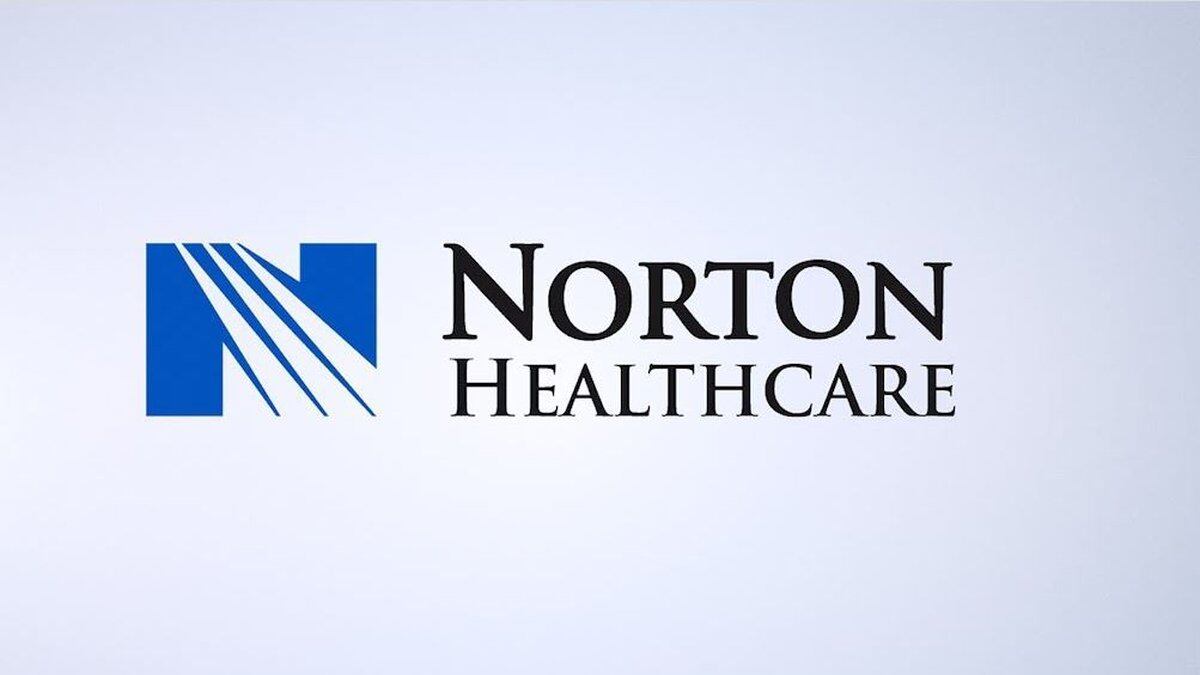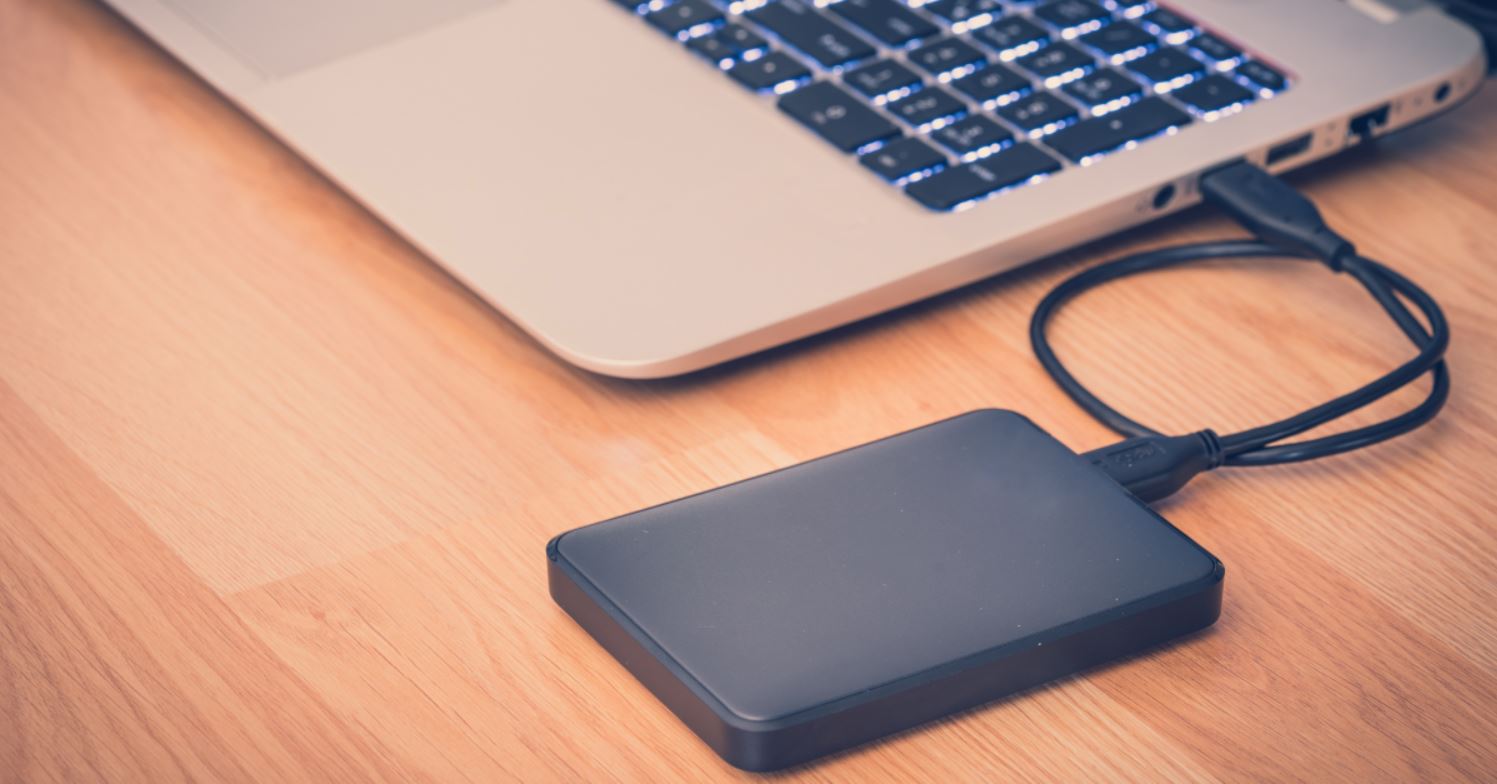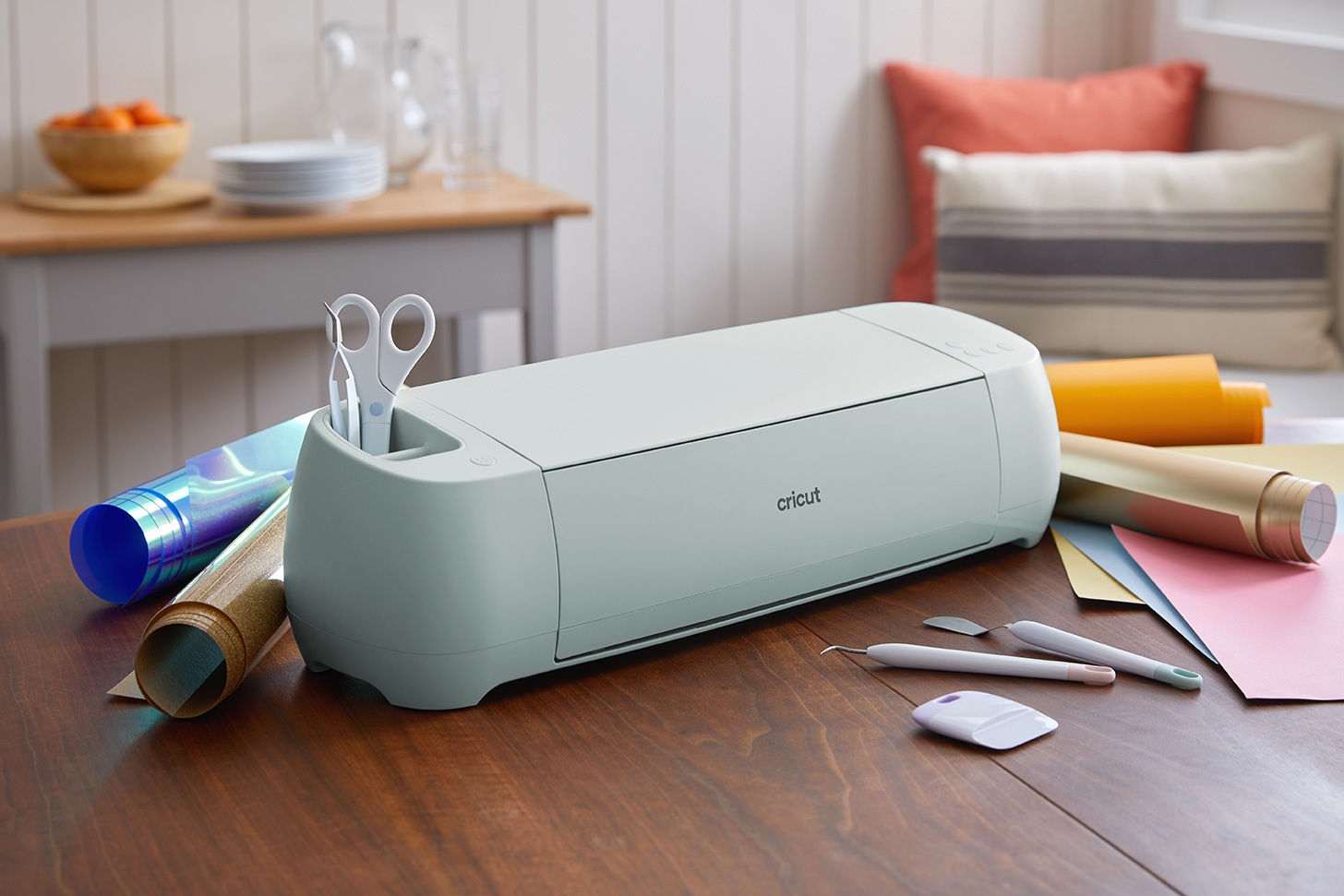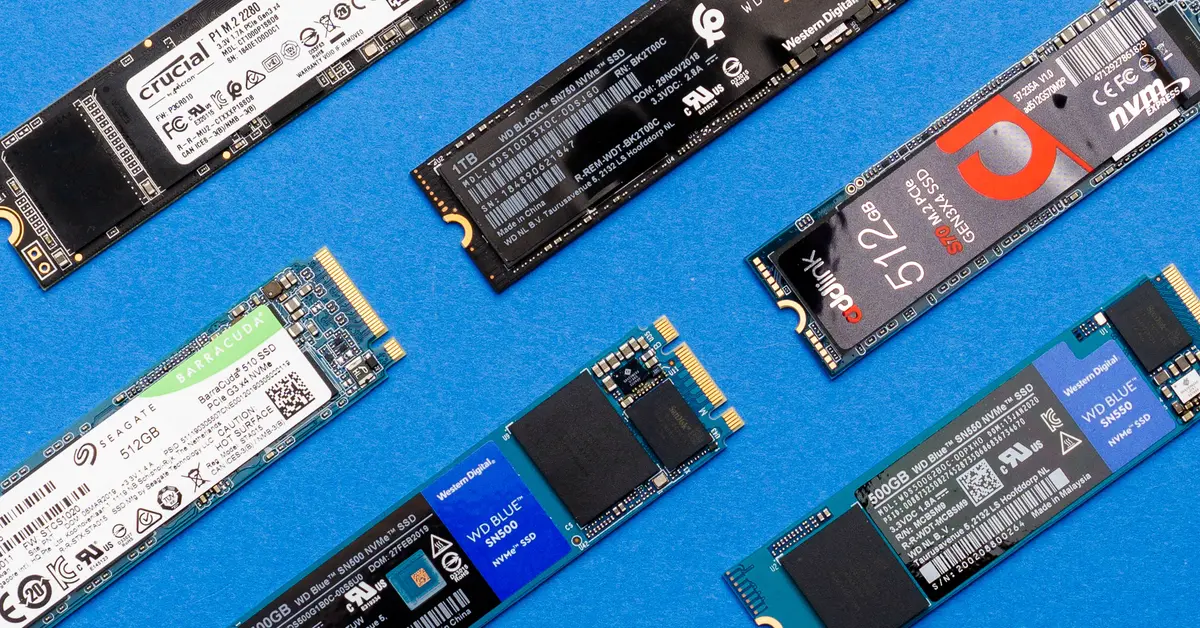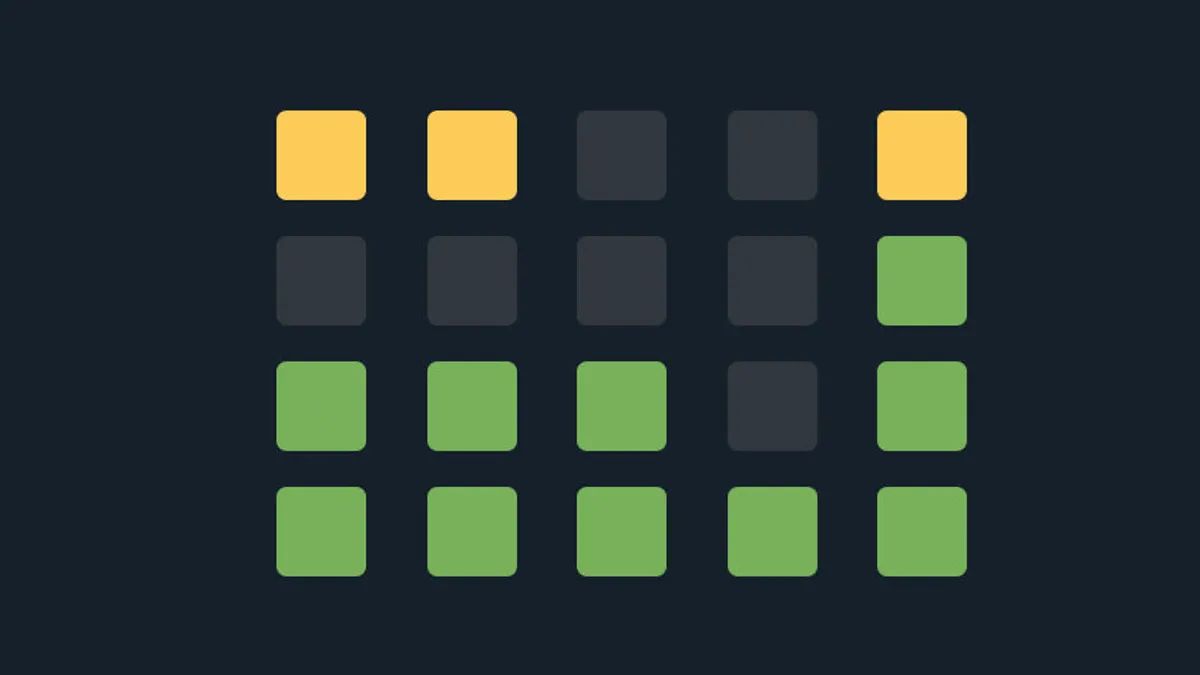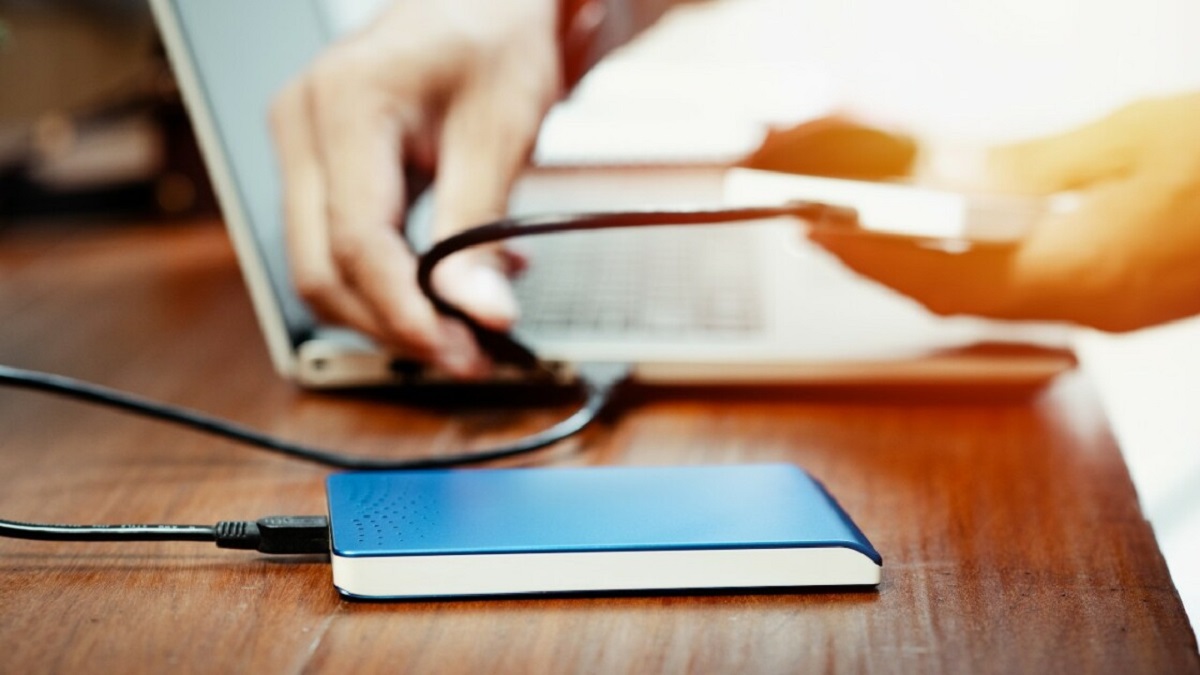Introduction
MyChart is a convenient online platform that allows patients to access their medical records, test results, and communicate with healthcare providers. One of the valuable features of MyChart is the ability to download and save important letters, such as lab results, prescription information, and appointment reminders. Being able to download these letters not only provides patients with easy access to their medical information but also enables them to keep a digital record for future reference.
In this article, we will guide you through the simple steps to download letters from MyChart. Whether you need to share your test results with another healthcare professional, keep track of your medical history, or simply find a way to efficiently manage your documents, downloading letters from MyChart is a quick and user-friendly solution.
Whether you’re using MyChart on your computer or mobile device, the process remains the same. By following the step-by-step instructions outlined in this article, you’ll be able to download your letters and have them readily available at your fingertips. So, let’s get started on maximizing the benefits of MyChart by learning how to download letters from this convenient healthcare tool.
Step 1: Log in to MyChart
The first step to downloading letters from MyChart is to log in to your account. Open your preferred web browser and navigate to the MyChart website. If you are using a mobile device, you can also access MyChart through the dedicated mobile app.
Once you are on the MyChart login page, enter your username and password in the designated fields. For security purposes, make sure to keep your login credentials confidential and avoid using public computers or shared devices to access your MyChart account.
If you are a new user and have not yet created a MyChart account, you will need to sign up by selecting the “Sign Up Now” or “New User” option on the login page. Follow the provided instructions to create your account and then proceed to log in.
Once you have entered your login information, click the “Sign In” or “Log in” button to access your MyChart account. This will take you to the MyChart homepage, where you will have access to various features and options.
It’s important to note that the specific appearance and layout of the MyChart website may vary depending on the healthcare organization or hospital system you are affiliated with. However, the login process should be similar across different platforms.
Now that you have successfully logged in to your MyChart account, you are ready to move on to the next step: accessing the Letters section.
Step 2: Access the Letters section
After logging in to your MyChart account, the next step is to navigate to the Letters section. This is where you will find all the letters and documents that have been generated and made available to you by your healthcare providers.
To access the Letters section, look for a tab or link labeled “Letters” or “Documents” on the MyChart homepage. The exact location and labeling may vary depending on the specific MyChart implementation of your healthcare provider.
Once you have located the Letters section, click on it to open the page. In some cases, you may need to click on a specific folder or category within the Letters section to view the available letters.
Upon accessing the Letters section, you will typically see a list of the letters and documents that are available for download. These letters could include lab results, referral information, discharge summaries, and more. The letters are typically sorted by date, with the most recent ones appearing at the top.
If you have a large number of letters in your account, you might need to use the search or filter options to find a specific letter. This can be particularly useful if you are looking for a letter from a specific date or related to a particular medical event.
Take a moment to review the available letters and locate the one(s) you want to download. Once you have identified the letter(s), you are now ready to proceed to the next step: choosing the letter(s) you want to download.
Step 3: Choose the letter(s) you want to download
Once you have accessed the Letters section in your MyChart account, it’s time to select the specific letter(s) you want to download. This step allows you to choose the letters that are most relevant to your needs, such as test results, appointment reminders, or medication information.
To select a letter, simply click on the checkbox or select the corresponding option provided next to each letter. You may be able to select multiple letters at once by checking the boxes next to each desired letter.
If you are unsure which letter(s) contain the information you need, you can preview them by clicking on the letter’s title or an associated preview icon. This will allow you to view the content of the letter before making a selection.
It’s important to carefully review each letter and ensure that you choose the correct ones for download. If you accidentally select the wrong letter, don’t worry! Most MyChart platforms have the option to deselect or uncheck letters before proceeding.
Additionally, some MyChart implementations offer advanced search or filter options that can help you narrow down your selection based on specific criteria like date range, sender, or type of letter. Make use of these features to streamline your search and quickly locate the desired letters for download.
Once you have chosen the letter(s) you want to download, you are now ready to move on to the next step: downloading the letter(s) as PDF file(s).
Step 4: Download the letter(s) as PDF file(s)
After selecting the letter(s) you want to download from the Letters section in MyChart, the next step is to download them as PDF files. PDF format ensures that the downloaded letters can be easily viewed, saved, and shared across different devices and platforms.
To download the selected letter(s) as PDF file(s), look for a download icon or a “Download” button typically located near the list of letters. Click on the appropriate option to initiate the download process.
Depending on your web browser and MyChart implementation, a dialog box may appear displaying options for saving or opening the downloaded PDF file(s). Choose the desired location on your device where you want to save the file(s), or select to directly open them if you prefer.
In some cases, you might have the option to download the letter(s) as a single combined PDF file or as individual PDF files for each letter. Select the preferred option based on your preference and requirements.
Once you have made your selection, click the appropriate button to start the download. The letter(s) will be saved to the designated location on your device.
Keep in mind that the download process may take a few moments depending on the size of the letter(s) and your internet connection speed. Be patient while the download is in progress.
Congratulations! You have successfully downloaded the selected letter(s) as PDF file(s) from MyChart. Now, let’s proceed to the next step: saving the downloaded letter(s) to your device.
Step 5: Save the downloaded letter(s) to your device
After successfully downloading the letter(s) from MyChart as PDF file(s), the next step is to save them to your device for easy access and future reference.
By default, most web browsers will automatically save the downloaded file(s) to the “Downloads” folder on your device. However, you have the option to choose a different location for saving the file(s) during the download process.
To save the downloaded letter(s) to a specific location on your device, open the file explorer or file manager. Navigate to the desired folder or directory where you want to store the letter(s) and create a new folder if necessary.
Once you have reached the desired location, simply drag and drop the downloaded PDF file(s) from the “Downloads” folder or the location where they were automatically saved into the chosen folder.
Alternatively, you can right-click on the downloaded file(s), select the “Cut” or “Copy” option, navigate to the folder where you want to save them, right-click in the folder, and choose the “Paste” option.
Make sure to organize your files in a logical and coherent manner within the chosen folder. You can create subfolders or use appropriate file naming conventions to make it easier to locate specific letters in the future.
It’s also a good practice to create a backup of your downloaded letters to prevent data loss. You can save a copy of the letters to an external hard drive, cloud storage service, or another device to ensure their safety.
Now that you have successfully saved the downloaded letter(s) to your device, you can proceed to the next step: printing the letter(s) if needed.
Step 6: Print the letter(s) if needed
If you prefer to have a hard copy of the downloaded letter(s) from MyChart, you can easily print them out using your printer. Printing the letters allows you to have physical copies for your records, share them with healthcare providers, or keep them as a backup.
To print the letter(s), locate the downloaded PDF file(s) on your device. Right-click on the file(s) and select the “Print” option from the context menu. Alternatively, you can open the PDF file(s) using a PDF viewer program and use the printing option within the program.
After selecting the print option, a print dialog box will appear, giving you various printing settings and options to choose from. Make sure to review and adjust the settings according to your preferences, such as the number of copies, page size, orientation, and print quality.
If you have multiple pages in a letter, you can choose to print specific pages or the entire document. Use the page range options in the print dialog box to select the desired pages.
Once you have reviewed and adjusted the printing settings, click the “Print” button to initiate the printing process. Ensure that your printer is connected and turned on, and wait for the printer to complete the printing job.
Depending on the number of pages in the letter(s) and the printing speed of your printer, the printing process may take some time. Be patient while the printer finishes printing the letter(s).
Once the print job is complete, collect the printed letter(s) from the printer tray. Make sure to organize the printed letters in a secure and easily accessible location.
Remember to properly dispose of any sensitive or confidential information after you no longer need it. Shred or securely dispose of printed letters containing personal or medical details to maintain your privacy.
Congratulations! You have successfully printed the letter(s) from MyChart! Now you have physical copies of the important information you needed. You have completed the final step in the process.
To wrap up, you now know how to download, save, and print letters from MyChart. By following these simple steps, you can easily access and manage your medical correspondence, keeping you informed and in control of your healthcare journey.
Conclusion
In conclusion, downloading letters from MyChart is a simple and convenient way to access and store important medical information. By following the step-by-step process outlined in this article, you can easily download letters, such as test results, prescription details, and appointment reminders, from your MyChart account.
Logging in to your MyChart account is the first step, followed by accessing the Letters section where you can find the available letters to download. Select the specific letter(s) you want to download and save them to your device as PDF file(s). Remember to choose a location for saving the files and organize them for easy access.
If needed, you can print out the downloaded letters using your printer. Adjust the print settings according to your preferences and collect the printed letters for your records.
Downloading and saving letters from MyChart provides you with convenient access to your medical information, allows for easy sharing with healthcare providers or other relevant individuals, and helps you maintain an organized record of your medical history.
Always remember to keep your MyChart login credentials secure and avoid accessing your account using public computers or shared devices to protect your personal information.
By following these steps, you can make the most of MyChart’s features and ensure that you have quick and easy access to your important medical letters. This saves you time and effort, providing you with the ability to manage and track your healthcare journey effectively.
We hope this guide has been helpful in navigating the process of downloading letters from MyChart. Take advantage of the convenience and accessibility of MyChart to stay informed and engaged in your healthcare.









